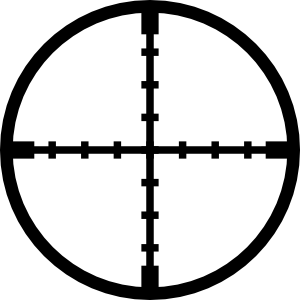계절특성
설명
A moderately high, long wall not far from the welcome area. The climbing is generally less than vertical to near vertical, and in most cases the cruxes of the climbs tend to come as the cliff rolls off at the top and the rock becomes less and less featured at that point.
Much of the cliff-top is accessible for setting top-ropes on the routes, with there being guide ropes & cabling along much of it to make it safer.
접근 문제들 Montagne d'Argent으로부터 상속된
The climbing area is maintained by "Parc d'Escalade et de Randonnée de la Montagne D'Argent" (PERMA) -- primarily a climber's organisation. Daily access fee was $14 as of summer 2021, and yearly memberships ($70 as of 2021). Being affiliated with the Alpine Club of Canada, members of certain sections may climb for free upon presentation of their club membership but are still required to pay for on-site camping.
On weekends, there is generally someone there to collect the fees, during the week this is more often done on the honour system.
The site is open all year round with artificial ice falls created over the cliffs over the freezing winter months for Technical Ice Climbing.
A complete guidebook (including hand drawn reproductions, contributed by a local artist) is generally available at the hut on weekends. It has maps for access to the cliffs, and drawings of all the cliffs with routes marked on them. The current official guidebook is fully bilingual.
접근
Climb the stairs (or Little Beer) to the back and left of the welcome area, then follow the obvious trail up until it branches, taking the right branch (signed for Grand Canyon) and continue the hike up into the canyon.
Not more than 10 minutes from the welcome area,
태그들
Plan your Trip

이 절벽는 위치되지 않았습니다.
만일 이 {지역형태}가 어디있는지 아시면 등반공동체를 위하여 시간을 내어 위치를 알려주십시오. 문제가 있으시면 연락을 주세요 {저희에게연락 페이지}.
Accommodations nearby more Hide
Share this
사진들 모든 사진들 훑어보기

★ Crocodile 5.9 - PXL_20230924_200606037.MP.jpg

Grand Canyon - grand_canyon.jpg
Get a detailed insight with a timeline showing
- Ticks by climbers like you
- Discussions of the community
- Updates to the index by our users
- and many more things.
Login to see the timeline!
